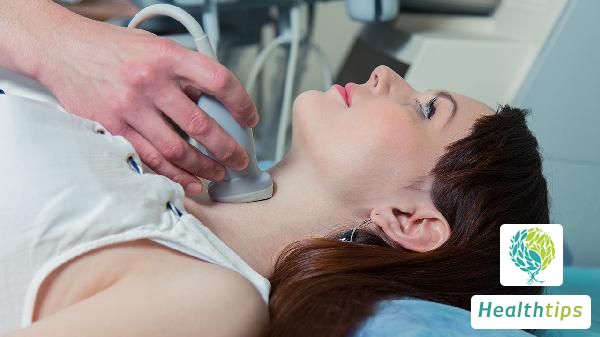Why Do Men Always Feel the Need to Urinate but Cannot Pass Much Urine?
If we consume a large amount of water or eat fruits and vegetables with high water content, the frequency of urination will increase. Generally, when liquids enter the body, they are metabolized by the kidneys and enter the bladder, and then expelled from the body through the urinary system. If someone feels the urge to urinate but produces only a small amount of urine, it is likely due to excessive water intake. If this persists for a long time, it may also be caused by diseases such as urinary tract infection.

(1) Urinary system symptoms include frequent urination, urgent urination, painful urination, and other bladder irritation symptoms; hematuria; pain in the affected side or both sides of the waist; significant tenderness or percussion pain in the costovertebral angle on the affected side; (2) Symptoms of systemic infection such as chills, high fever, headache, nausea, vomiting, loss of appetite, etc., often accompanied by an increase in white blood cell count and erythrocyte sedimentation rate.
Asymptomatic bacteriuria is a covert urinary tract infection that is more common in elderly women and pregnant women. Patients have no symptoms of urinary tract infection, and the incidence rate increases with age.
The clinical manifestations of complex urinary tract infection vary greatly and are often accompanied by other diseases that increase the risk of acquiring infection or treatment failure. Clinical symptoms may or may not be present, including frequent urination, urgent urination, painful urination, difficulty urinating, low back pain, tenderness in the costovertebral angle, pain in the suprapubic region, and fever. Complex urinary tract infections are often associated with other diseases such as diabetes and renal failure. The sequelae caused by them are also numerous, and the most severe and fatal conditions include urosepsis and renal failure. Renal failure can be divided into acute and chronic, reversible and irreversible types.
The treatment of acute uncomplicated cystitis is recommended to use a three-day therapy, which includes oral administration of compound sulfamethoxazole, ofloxacin, or levofloxacin. Single-dose therapy is no longer recommended due to its inferior efficacy compared to the three-day therapy. In areas where the resistance rate of the causative bacteria to sulfamethoxazole is as high as 10% to 20%, nitrofurantoin can be used for treatment.



















